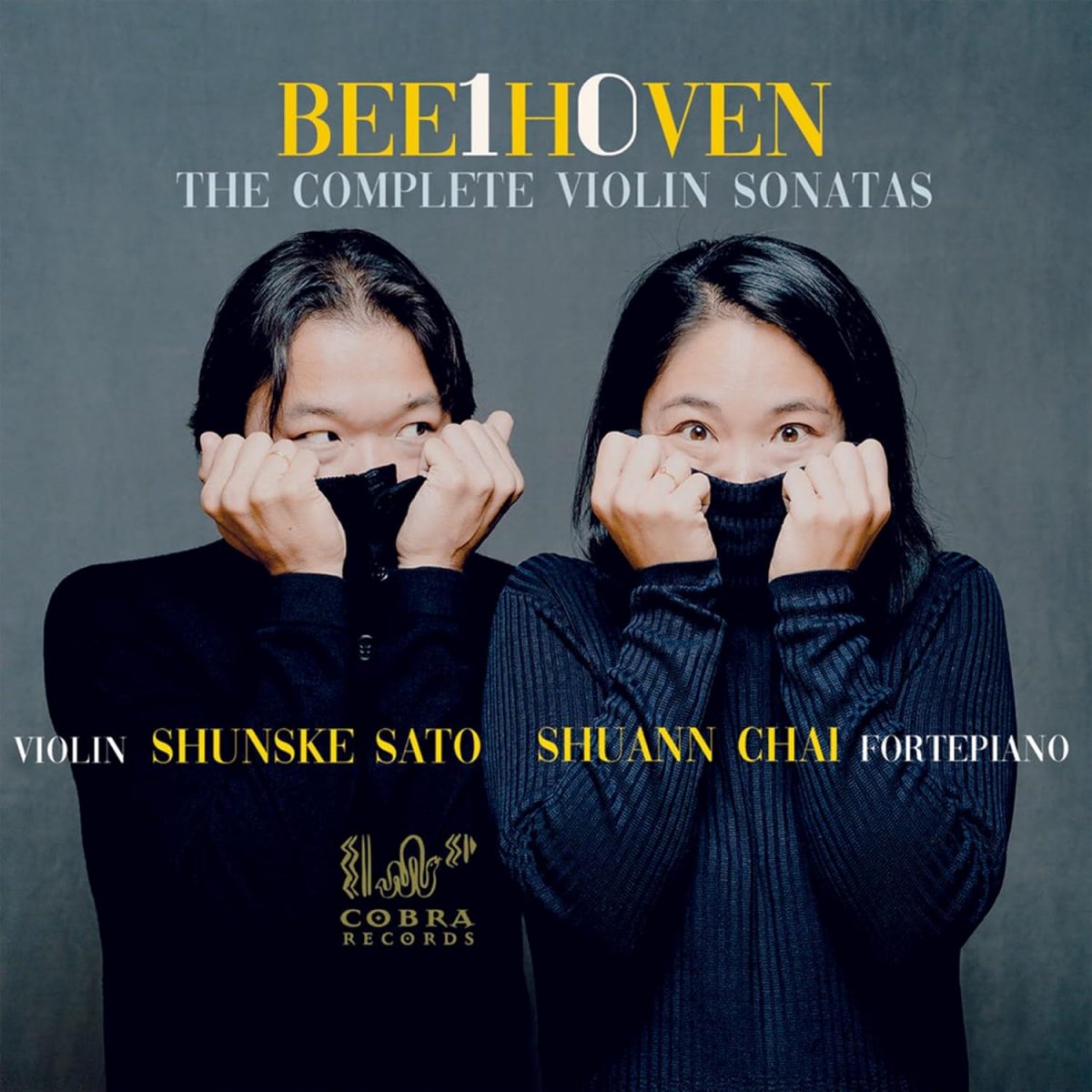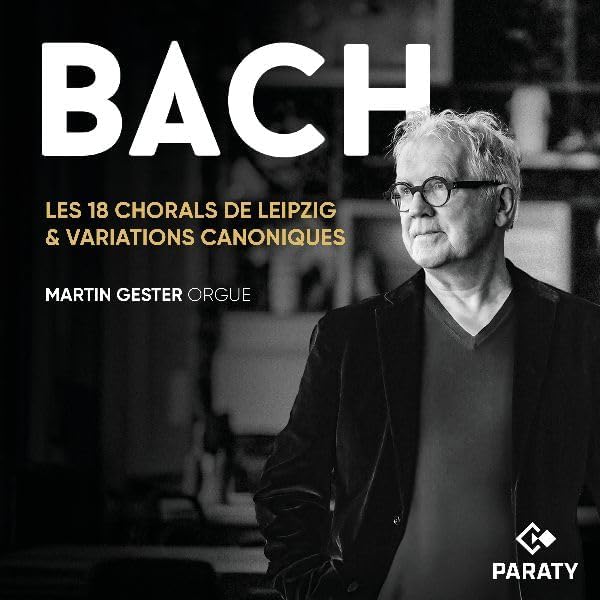Shunske Sato violin, Shuann Chai fortepiano
236:02 (3 CDs)
Cobra 0094
If the ten sonatas Beethoven composed for piano and violin over a period of a little over a decade hardly have the significance of his string quartets, that is at least in part due to the genre itself. Traditionally, the violin sonata was fundamentally piano repertoire for ladies – let’s not forget they were invariably written for ‘piano and violin’, not the other way round. She would most likely play them with a male partner, perhaps the lady’s teacher. The ‘violin sonata’ thus remained largely the province of the amateur. Until Beethoven, that is. Already in the first group, the three sonatas of op 12, published in 1799 with a dedication to the composer’s teacher Antonio Salieri, there was sufficient difference for critical comment to note that they are ‘strange sonatas, overloaded with difficulties’. The following sonatas, in A minor, op 23 and F, op 24 (‘Spring’), dating from 1800/1801 were both dedicated to the wealthy young nobleman and arts patron Count Moritz von Fries, the latter of course having taken its place as one of Beethoven’s best-loved violin sonatas.
In retrospect, we can see this period as one in which Beethoven devoted particular energy to the composition of the violin sonata, all with one exception, op 96 in G of 1812, dating from a short period during 1802 and 1803. They include the three sonatas of op 30, the odd story of whose dedication to Tsar Alexander I – Beethoven never had any personal connection with him – is related in the excellent booklet note. Then there is of course the Sonata in A, op 47, generally known as ‘Kreutzer’ after its eventual dedicatee, the French violinist Rodolphe Kreutzer, the work also having a background story that does little credit to Beethoven. There are therefore no ‘late’ violin sonatas, but equally no place for pleasing music designed for young ladies, rather music designed to solicit patronage or, in the case of those of op 30, a declared intent to ‘strike out on a new path’.
The present integral set of performances is important because, like the cycle of the string quartets recently recorded by the Narratio Quartet, they reflect the new wave of interest in finding ways of conveying means of expressivity by employing technical devices known to have been in use in Beethoven’s day. These include particularly rubato and portamento, the first of which can if used with musical intelligence create an agreeable impression of improvisation, while the second, the ‘sliding’ from one note to another, is capable if employed with sensitivity of enhancing expression, though carrying with it the risk of sounding vulgar. Both can be heard used extensively though not thoughtlessly by the Japanese husband-and-wife team Shunska Sato and Shuann Chai, the latter playing on two Viennese fortepianos by Michael Rosenberger, one dating from 1800, used for all the sonatas with the exception op 96, for which Chai turns to an instrument built twenty years later. The earlier instrument is a delight, with a timbre ranging from full and powerful to the captivating sweet mellowness heard in the opening movement of the ‘Spring’ Sonata, a movement that also admirably captures the fluency of Chai’s playing. Sato’s tone is in general fine too, though just occasionally it can sound a little sour, at least as recorded, particularly in portamentos, which are broadly used with discretion, though there are inevitably times when the listener may feel they are being over- (or under-) used. An example of overuse for me would be the second, Adagio expressive movement of Sonata 10 in G, where the warm middle range of the fortepiano envelops the music in a rhapsodic dream perhaps slightly disturbed by an excess of portamenti. Elsewhere, one of the great charms of the performances is the light and often witty approach. I’ll choose as an example the first of the variations of the Kreutzer Sonata’s second movement. Here, the delicate butterfly flutterings of the fortepiano are exquisitely complemented by the violin’s delicate little interactions to form an enchanting Japanese tapestry.
It would be possible but probably tedious to continue enumerating many small points, but I do hope readers with a sense of enquiry will explore these vital and probing performances. They seem to me a part of a definite, but as yet largely unrecognised, and wider movement to re-examine the whole question of rhetorical expression and the release of emotion in music of the 18th and early 19th centuries.
Brian Robins









